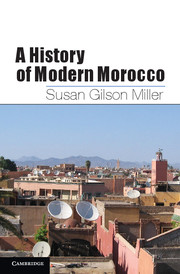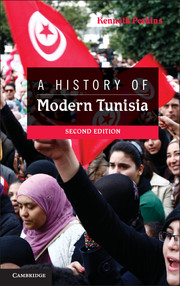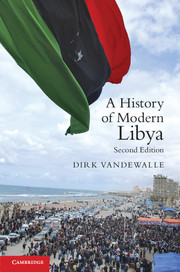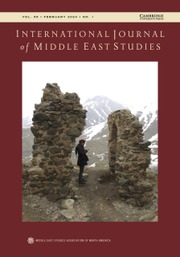A History of Modern Morocco
Morocco is notable for its stable and durable monarchy, its close ties with the West, its vibrant cultural life, and its centrality to regional politics. This book, by distinguished historian, Susan Gilson Miller, offers a richly documented survey of modern Moroccan history. The author's original and astute interpretations of the events, ideas, and personalities that inform contemporary political life are testimony to her scholarship and long association with the country. Arguing that pragmatism rather than ideology has shaped the monarchy's response to crisis, the book begins with the French invasion of Algeria in 1830 and Morocco's abortive efforts at reform, the duel with colonial powers and the loss of independence in 1912, the burdens and benefits of France's forty-four year dominion, and the stunning success of the nationalist movement leading to independence in 1956. In the post-independence era, the book traces the monarchy's gradual monopolization of power and the resulting political paralysis, ending with the last years of Hassan II's reign, when Moroccan society experienced a sudden and radical opening. A postscript brings events up to 2012, covering topics such as Morocco's “war on terror,” the détente between the monarchy and the Islamists, and the impact of the Arab Spring. This concise, readable book will inform and enthrall students coming to the history of North Africa for the first time, and also those in other disciplines searching for the background to present-day events in the region.
- A readable, concise and richly layered history of modern Morocco by a leading scholar in the field
- Explains the role of the monarchy and its impact on modern Moroccan society and culture, taking the story up to the Arab Spring
- For students of the Middle East, North Africa and all those interested in how the past has impacted on Morocco's present
Reviews & endorsements
"Told with wit, intimate knowledge and commendable brevity and pace."
The Times Literary Supplement
"Miller demonstrates a deft historical hand, breaking down a complex and multi-faceted history into nine chapters that cover 180 years of Moroccan history. … Miller makes an important contribution to the field of North Africa studies. She has written an engaging narrative that will interest both professors and undergraduates. After finishing Miller’s insightful survey, readers can only hope - much as does the author and this reviewer - that its publication will contribute to a better understanding of the blockages that have prohibited 'contemporary historical discourse' while also pointing to future paths of research."
Stacy E. Holden, The International Journal of African Historical Studies
Product details
April 2013Paperback
9780521008990
336 pages
228 × 152 × 18 mm
0.44kg
32 b/w illus. 3 maps
Available
Table of Contents
- 1. The closing of the era of Jihad (1830–60)
- 2. Facing the challenges of reform (1860–1994)
- 3. The passing of the old Makhzan (1894–1912)
- 4. France and Spain in Morocco (1912–30)
- 5. Framing the nation (1930–61)
- 6. The first age of Hassan II: the iron fist (1961–75)
- 7. The second age of Hassan II: the velvet glove (1975–99)
- 8. Summation: in search of a new equilibrium
- 9. Postscript: the long decade of Muhammad VI (2000–11).





